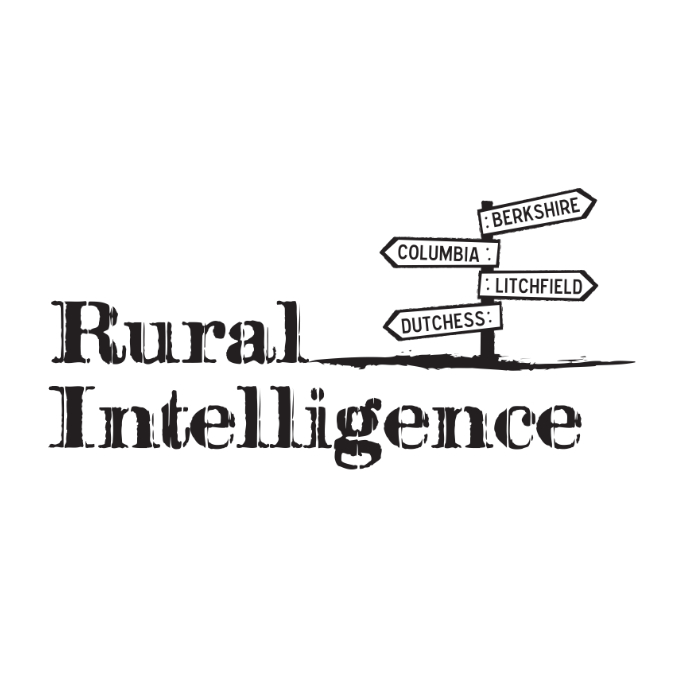Discribed by one visitor as “beautifully chaotic,” the Claverack exhibition is becoming a summer must-see.
In its sophomore exhibition, the Campus continues to bring compelling work to a sprawling and unconventional art space that was once the Ockawamick Central School in Claverack NY. In over 35 rooms and throughout the 22-acre grounds the work of more than 80 artists of various generations and career points reflects on, converses with, and reacts to spaces where high school students once roamed.
The opening reception on June 28, brought hundreds of visitors trooping through the Campus, including Patricia Aranda, who lives in Catskill. She says she found the exhibit to be “beautifully chaotic.” The show runs through October 28, Saturdays and Sundays, noon to 5pm.
Co-owned by six New York City galleries, the Campus remains a raw space, but has changed organically since last year’s inaugural show, with small renovations that are mostly artist-driven, according to Timo Kappeller, the exhibition’s curator.

The work of Ming Fay. Courtesy of the artist and kurimanzutto.
“You’ll see some rooms have changed and that sometimes came from an artist’s decision, like Kiki Smith — she had a very specific idea for how the room should be treated and we were obviously happy to do that,” he says. “And that’s quite a change from last year. But it’s nice to do that in steps and not do an overhaul. I think it will continue to develop, but it’s artist-driven.”
Many of the artists in this year’s exhibit have ties to the region, a deliberate choice on the part of Kappeller that began last year and has intensified after meeting numerous artists in the area. “It’s a lot of dialogue with the artist community up here,” Kappeller says. “It’s not limited to that but it’s an emphasis. There are a lot of artists who have a connection to upstate and it’s really wonderful that way… It’s now becoming for us something like an overview of what’s going on up here, while also mirroring what’s going on in New York. There’s an exchange.”
Paula Hayes, a landscape designer and artist who now lives in Athens, New York, spent six weeks on an installation in an enclosed back yard featuring her small blown glass sculptures, organically shaped cast silicone planters, and live plants.
“She knows plants and found this place,” Kappeller says. “That’s really how we work with artists. We let them come here, explore, and find their room. That’s where it’s really interesting because it’s not a white cube. That also makes it more challenging because you need to find work that can kind of take the roughness of the space.”

Scorpion Flower, epoxy clay and steel sculpture by Ryan Johnson.
Among some of the notable artists in the show, like Kiki Smith, Richard Tuttle, and Daniel Buren, is Ming Fay, probably best known for his large-scale public art, who passed away in March at age 82. Here, natural forms subsume a former schoolroom, bringing together multiple decades of Fay’s work in a concentrated retrospective. There’s the artist’s early pieces, supersized fruits, seeds, and plants made of papier-mâché over steel wire armatures, and his later abstract pieces that echo the organic natural world in various materials like ceramics, bronze, and polyurethane. “You can see the evolution of his artistic practice,” Parker Fay, the artist’s son who is also the director of the Ming Fay studio, says. “They represent three or four decades of his work. It’s a nice tight grouping of work but there’s a very wide variety. And I’m glad we’re able to show both small and big sculptures.”
“This show collected really rare sculptures, some of which have never been shown before,” says Annie Yu, who designed a concurrent exhibit of Fay’s work at the Isabella Stewart Gardner Museum in Boston — “Ming Fay: Edge of the Garden” — and worked with the artist’s son on a monograph of Fay’s art.

Oil painting by Dana Shutz
This year Kappeller intentionally included artists of various generations and career points. Some other highlights of this year’s show include the paintings of Dana Shutz that combine elements of abstraction and figuration using thickly applied paint sharing space with her partner Ryan Johnson’s sculptures, which are lithe and organic, and Rita Ackermann’s dynamic and multifaceted paintings with their interplay between the human form and abstract space.
Kappeller says bringing together an exhibition in a sprawling former school rather than a gallery is a challenge, but worth all the effort. “It’s still new,” he says. “We had to sort of invent the infrastructure for this place. But we’re already feeling that in the second year things are falling into place a little bit better.”

